iFi Zen DAC 3 DAC / AMP – Sonic Balance V3
iFi Zen DAC 3 is a $229 USD DAC / AMP designed by iFi Audio, with a Balanced headphone output, a single ended headphone output, and it is the latest variant in their lineup of affordable and freshly designed DACs. Today we will review the Zen DAC 3 and compare it with other DAC/AMPs, including Creative Sound Blaster X5 (299 USD), iFi Audio Go Bar (329 USD), SMSL C200 (219 USD) and Questyle M15 (250 USD).
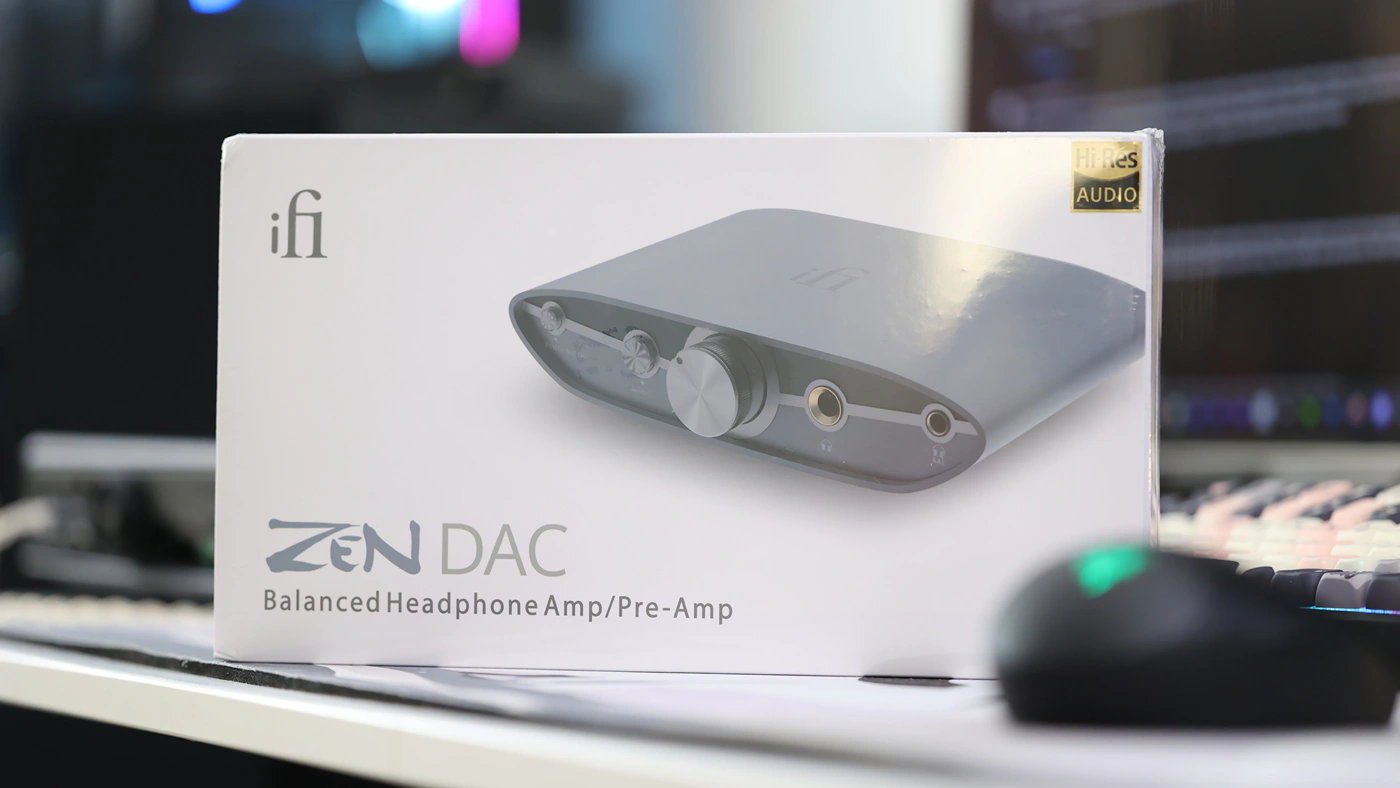
Introduction
Appealing to a crowd focused on practicality, iFi Audio always makes products which are considered high value, or low priced, for the performance they offer. iFi has a clean record for offering a strong warranty, and they are widely available through a multitude of sales channels, including Amazon, local shops and such. iFi has a strong presence at audio shows too, allowing you to demo their products, and in many cases to actually purchase those right on spot. As an Amazon Influencer, I earn from qualifying purchases, and using the purchase links in my reviews helps me maintain this website and Youtube Channel. iFi Audio has provided the sample for this review, in exchange for my honest opinion.
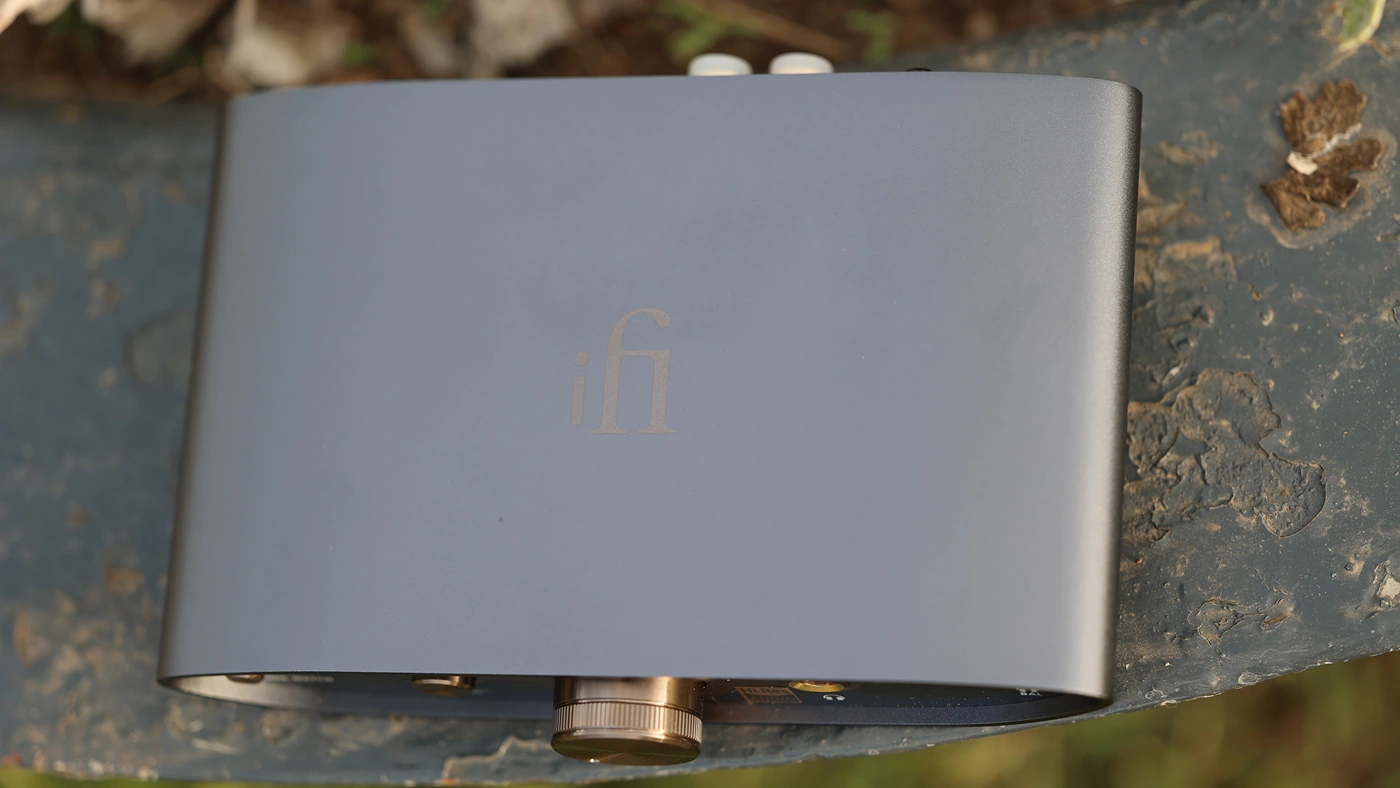
PROs – Superb sounding midrange with sweet female voices, colorful guitars, and pleasing male voices. USB DAC function is perfect, with no delay, and it works well with no drivers needed for a windows machine. xBass+ can add quite a bit of low-end extension and impact to all music, while Power Match turns the gain up for harder to drive headphones. RCA and 4.4mm Balanced Line Outs, and a 4.4mm balanced headphone output, plus a 6.3mm SE headphone output, everything for a really good price.
Cons – Audible noise floor, Not a lot of driving power for Planars, Cannot select between Line Out and Headphone output, they are all active at the same time. Besides removing the Type-C cable, there is no other way to turn it off.
Product Link
You can grab one here – https://amzn.to/3ztgWcM
Build Quality/Aesthetics
The first part you notice about the Zen DAC 3 is the beautiful design, which looks similar to those Zen designs deco pieces you see when shopping for furniture online. Humans are easily convinced by a beautiful look, and I am personally a big fan of the Zen DAC 3 look, as it is practical, offering a rounded metallic case, with a Power Match and a xBass+ button at the front, on the left side, a volume wheel in the center, and two headphone outputs arranged symmetrically on a lateral place, with a 6.3mm headphone output for the single ended output, and a 4.4mm balanced headphone output on the far right edge of the unit.
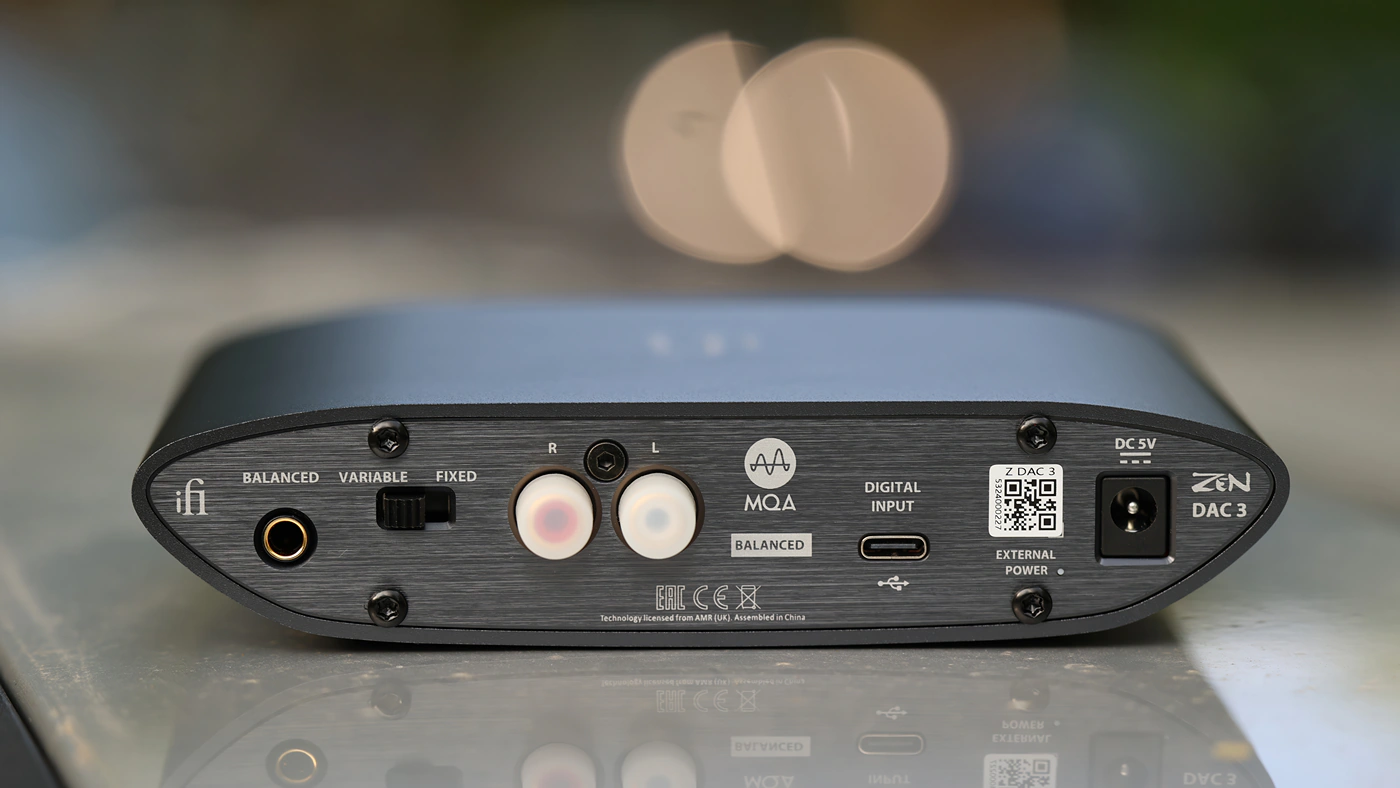
We have multiple features inside the Zen DAc V3, and one of the most important ones is the Power Match, which allows you to pump the volume higher, at the cost of engaging a higher noise floor as well. This higher gain level is felt even when using the Zen DAc 3 as a Desktop DAC for an external power amplifier, as the power match circuit will pump the volume for all headphone outputs and line outs.
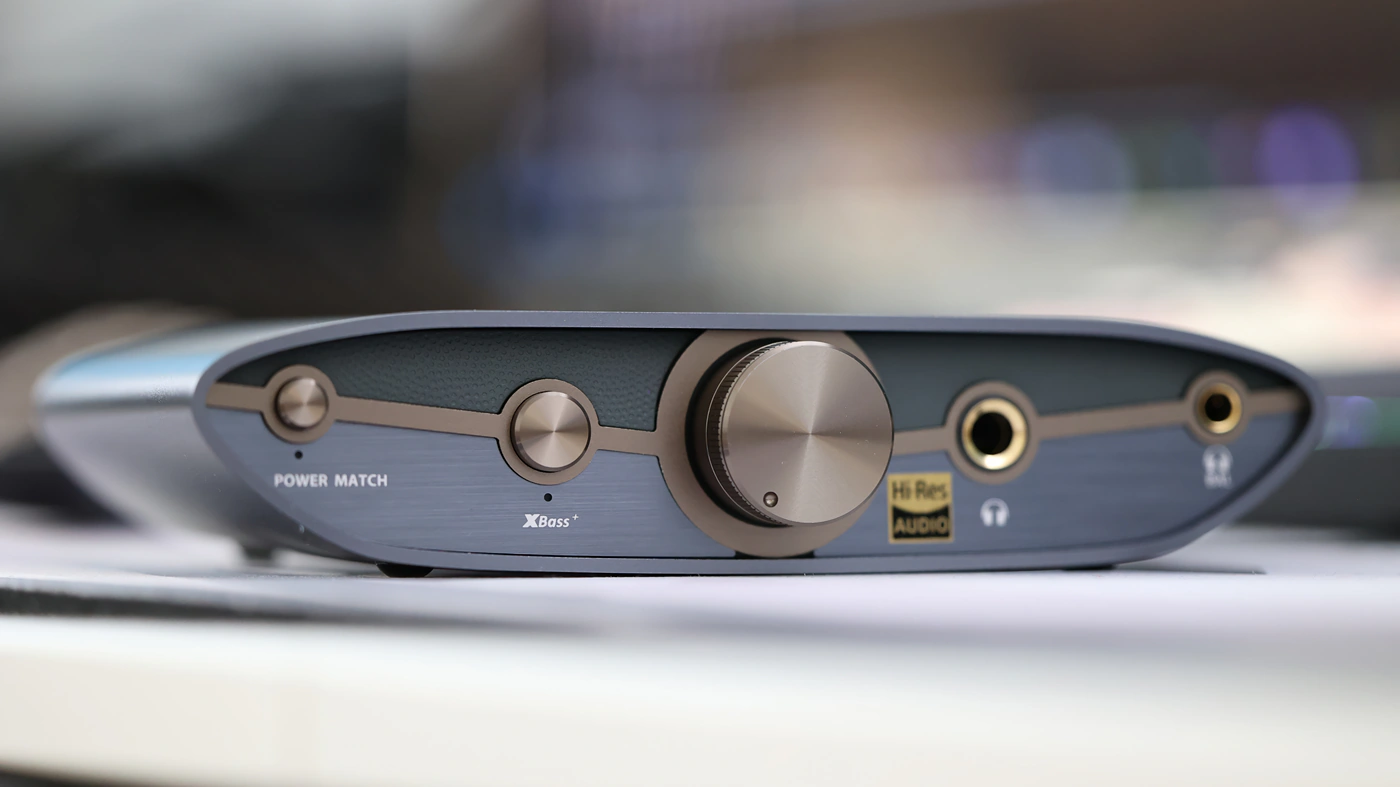
We also have the XBass+ feature, which turns on a bass boost function, also available on all outputs, including the Line Out and all headphone outputs. It sounds like a club type of bass, boomy, thick, and increasing presence all across the bass, from about 40 Hz all the way to 130 Hz, creating not just bass, but warmth and opening the soundstage slightly, giving the bass a wider presentation. Engaging the xbass+ works best if done below maximum volume, as from around 70% of max volume, it introduces distortions in the bass, important to take into account when using Zen DAC 3 as a desktop DAC, less so for headphones where you’re unlikely to reach that limit.
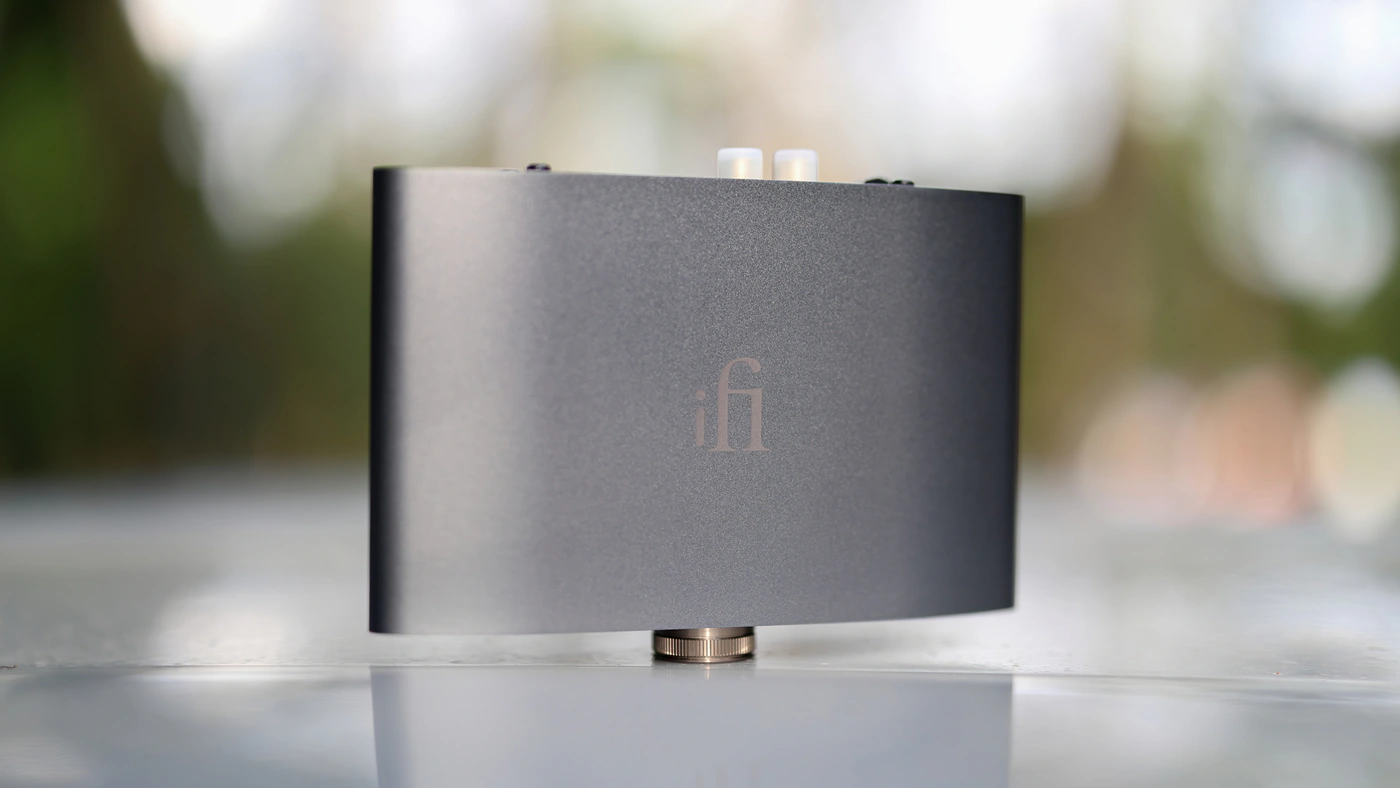
Ifi included High Resolution support, including PCM up to 768 kHz, and DSD up to DSD512. MQA is included, but Tidal pulled support for the format, and I feel the number of useful scenarios for the feature will dwindle greatly in the coming weeks. The USB input is in the Type-C format, and you don’t need to use an external power input, but Zen DAC 3 allows you to connect an external power brick, which would theoretically give Zen DAC v3 a better sound, as it would isolate the DAC from the USB noise, drawing only data from the connection. I actually prefer not connecting an external power supply, as considering the price point I appreciate the simplicity of having just one cable going into the Zen DAC 3.
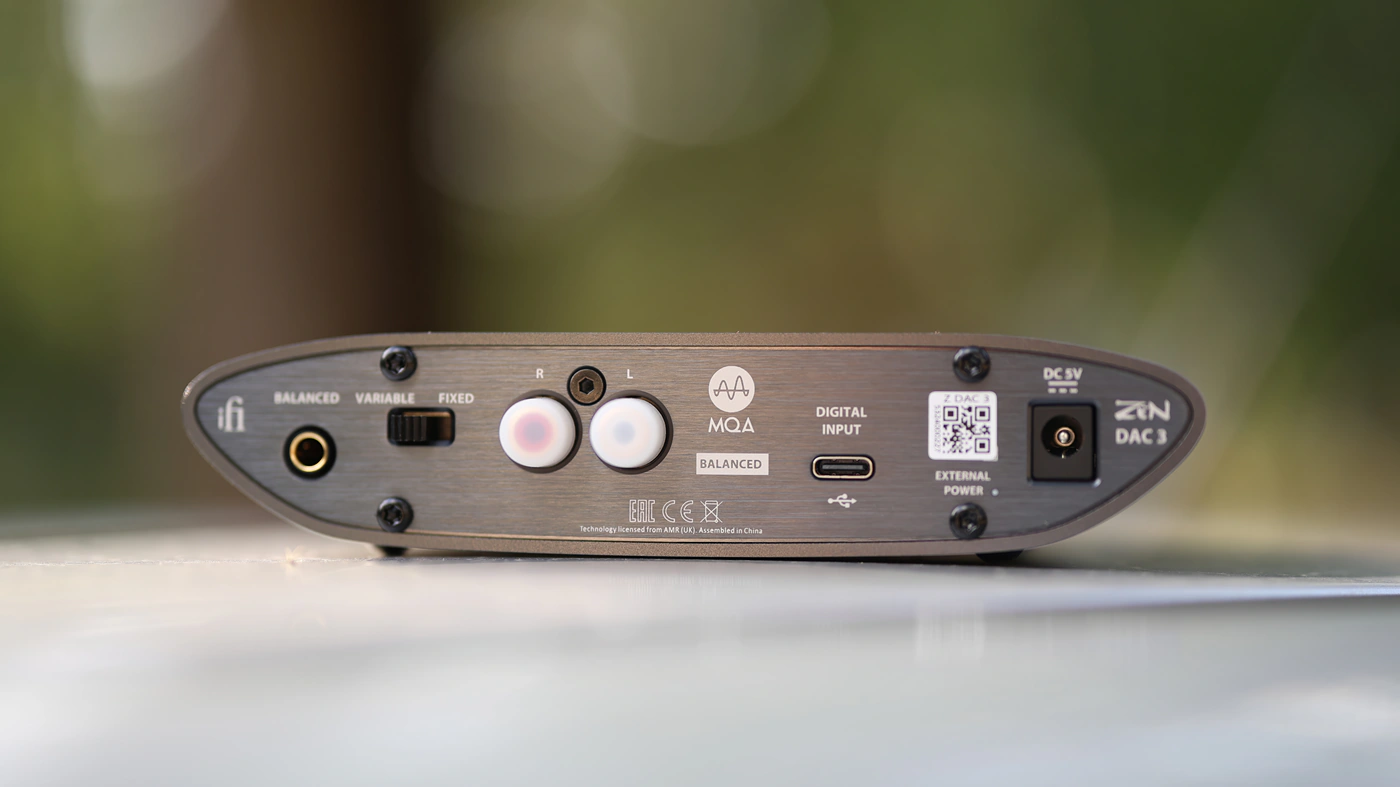
For using the Zen DAC 3 as a DAC for a stereo system, you can set the volume between variable and fixed, and you can connect both RCA based systems, using the RCA outputs, and a balanced system, using a 4.4mm to XLR cable. At the heart of the Zen DAC 3 we have a Burr-Brown MultiBit DAC, but the model is not named. All outputs work at the same time, and there is no way to disable the Line Out or the headphone outputs unless you pull out the cable. There is also no way to turn off the Zen DAC V3 other than removing the Type-C USB Cable from the back. As the units is very cool and never runs hot, this is not an issue, but I noticed it as I have more than 5-7 DACs connected to the PC at the same time for reviewing.
USB DAC / Gaming
iFi Zen DAC 3 is perfect for gaming, as there is no USB DAC delay, and it can drive most gaming headphones comfortably. There is no need for a USB Driver on my windows machine, and it simply works plug and play. As it doesn’t take a lot of space on my desk, I find it pleasing to use with a larger system, and because it has both RCA outputs, 4.4mm line outs, and headphone outputs, it can be integrated in a more complex system as the core.

The sound is good for gaming too, especially if you want to hear large and punchy explosions, as you can engage the XBass+ function on all outputs, creating a boomier, punchier bass and low-end sound. The sound, even without the xBass+ function is warm, pleasing, and rounded, traditional of ifi Audio, and their Burr-Brown DACs, so you should always have a lot of fun with soundtracks and even with competitive games.
Sound Quality
Pairings – Today I decided to test the Zen DAC 3 with a wider collection of headphones and IEMs, including HIFIMAN HE1000SE, Sennheiser IE900, Campfire Cascara, Campfire Bonneville, Spirit Torino Twin Pulse Beryllium, Crosszone CZ-10, Crosszone CZ-8a Enhanced, ZiiGaat Cincotres, Letshuoer S15, Sivga Nightingale, and Aune AR5000. The driving power is generally good for all over-the-ear headphones, although for Planars, I would stop at HIFIMAN Arya Organic, as HE1000SE is not driven quite properly, showing loss of control at higher volumes. Engaging xBass+ works for most, but can make the sound overly warm and a bit distortiuon-prone, if the source track has high amounts of bass, or a slightly distorted bass already, as the function will amplify that distortion. Background noise and hissing is audible with all headphones, especially with sensitive IEMs, and over all the line outs as well. Using the external power supply will help reduce the background noise, but hissing with sensitive IEMs is given by a higher output impedance. All of this is not really relevant while listening to music, as the noise floor is quiet and you don’t hear it while any sound is playing, just in pure silence.
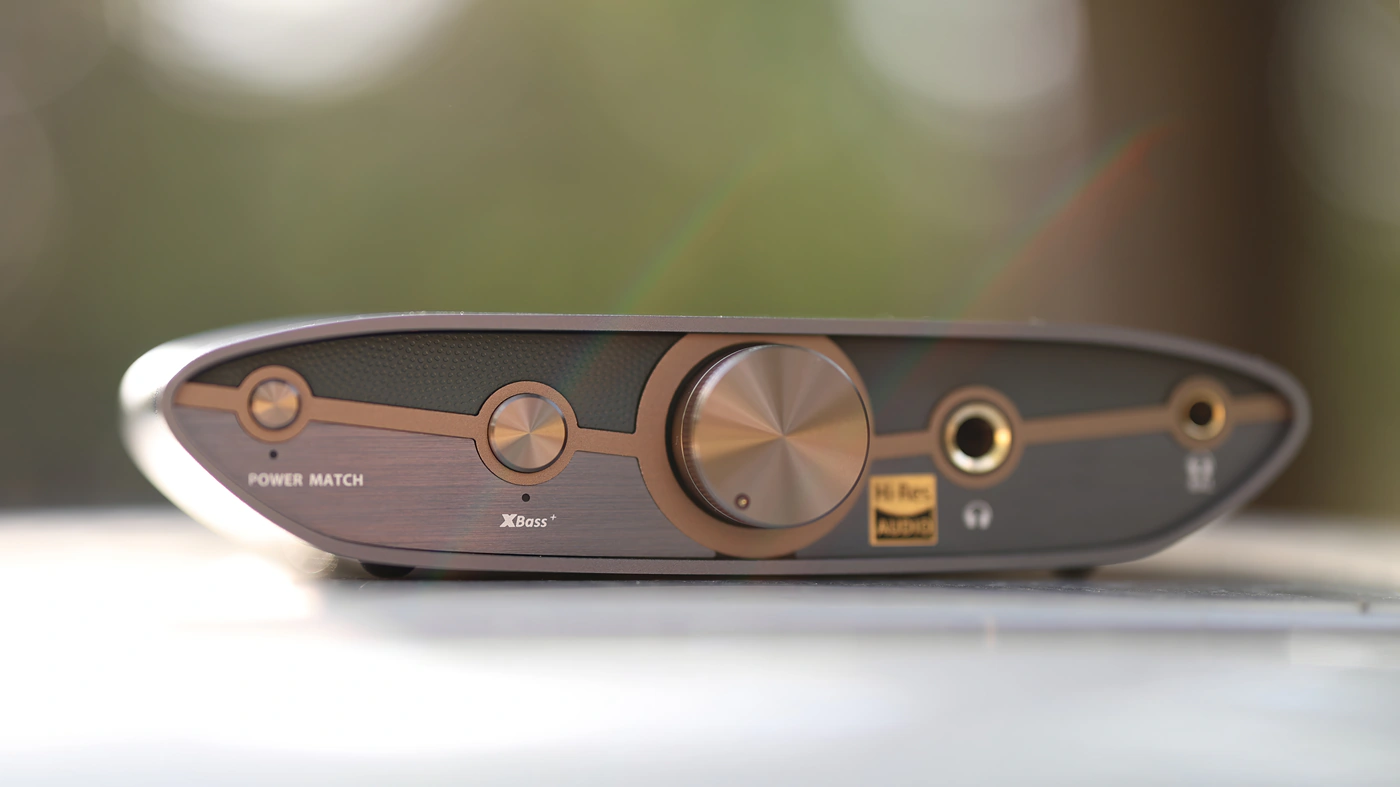
Overall Signature – While the technical information cannot be impressive for a ~200 USD device, the sonic performance blew my expectations away, as Zen DAC 3 has a colorful, vivid, and dynamic sound, with excellent imaging and stereo separation, a deep and controlled bass, and with exceptional midrange color and emotion. The treble is sparkly, airy, brilliant and neutral in presence relative to the midrange. I would say that Zen DAC 3 follows a somewhat W Shaped tuning curve, where the bass has a pump in the ~70 Hz range, giving body and strength to all instruments, then there’s a pump around 3-4 kHz, which gives female voices emotion, color and presence, and in the treble, there’s a bit of a pump happening around 9 kHz – 11 kHz to give music shimmer and brilliance. The part that will take you by surprise is how colorful and personal voices sound like, and it is the defining element in the sound of the Zen DAC 3.
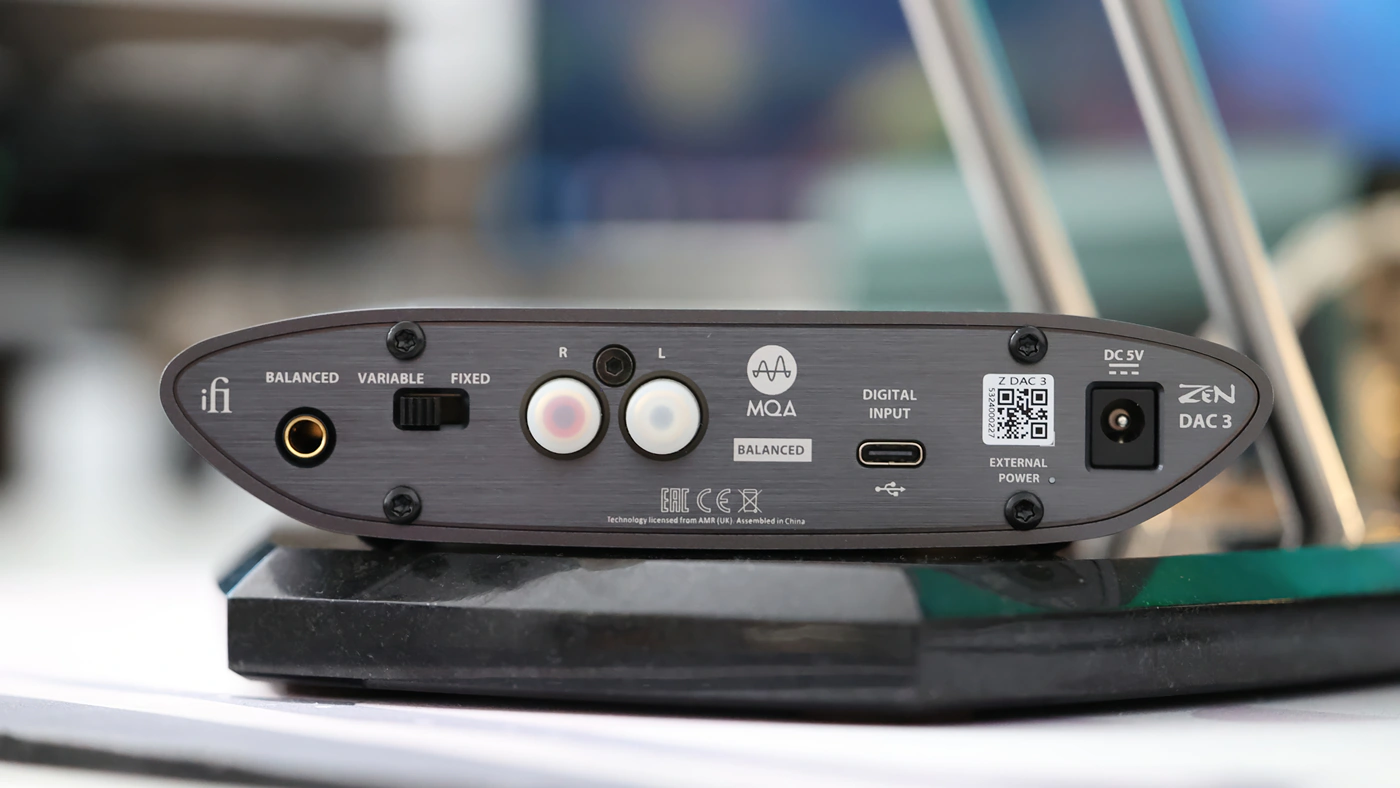
Bass – The bass is plenty by default, and with most music I would not use the xBass+ function, as it tends to add a bit too much for my liking, and the increase is in the whole bass, not just the sub, so it can warm up the sound quite a lot, but I noticed that this can balance out very bright sounding IEMs and Headphones, like Final Audio A8000. The bass of Zen 3 is a textured, natural speed, bass with good depth and precision, and present with most IEMs and Headphones. Quite opposite from most sources, iFi’s DAC 3 pumps a bit more bass in IEMs, and a bit less in full sized headphones, so lower impedances are not a problem for it to power.
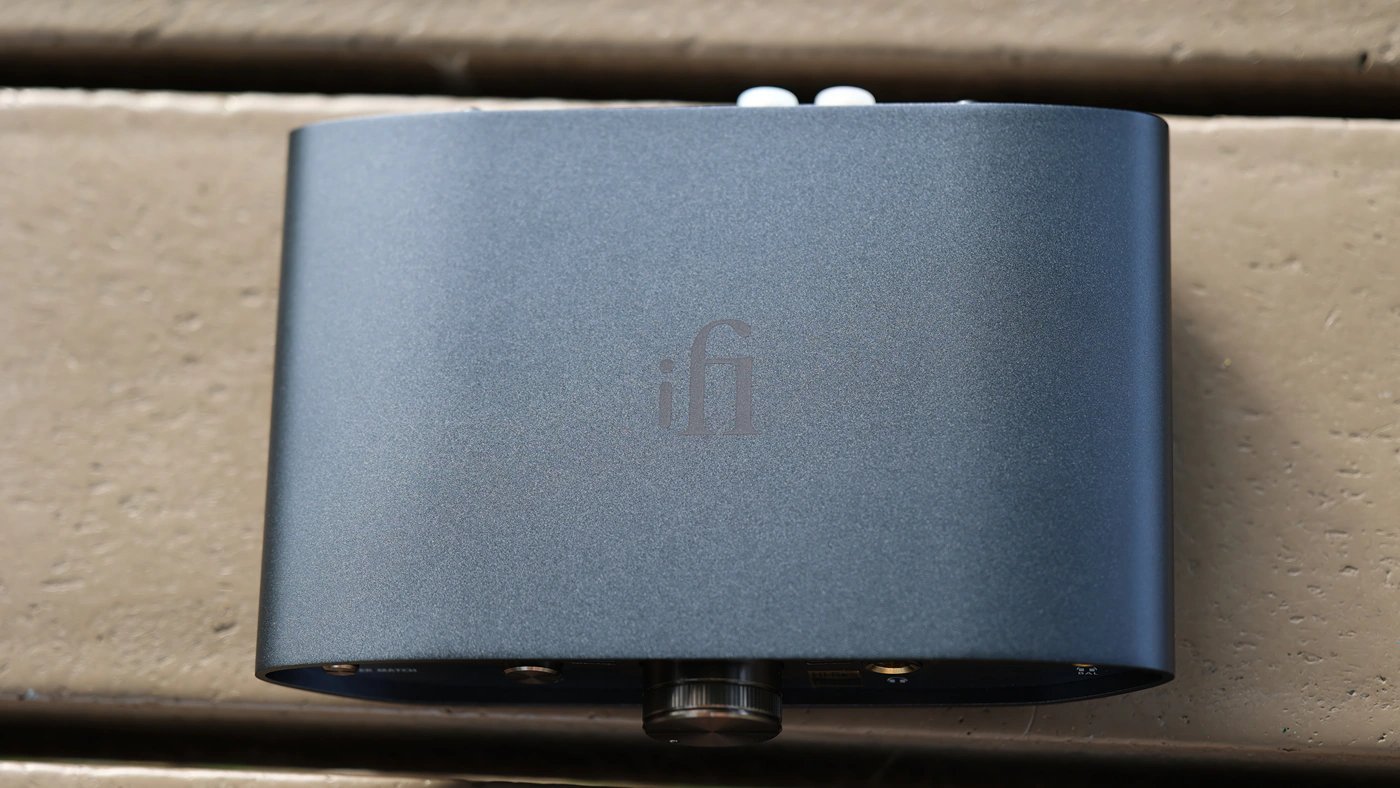
Midrange – iFi clearly focused most on the mids when tuning the Zen DAC 3, and this is how they came with what I can only call the most colorful, most vivid midrange I’ve heard in the entry-level range. Stereo imaging is spot-on, and everything is presented with an excellent dynamic, and impactful sound. Female voices are sweet, personal and presented somewhat close to the listener, never feeling far or scattered. In fact, this is how I would describe iFi Zen DAC 3 in general, it is focused, not narrow, not intimate, but focused. Each instrument has clearly defined bounds, each instrument plays in its own space, creating the whole imaging and directionality feeling very well. Male voices are also presented perfectly, slightly sweeter and less aggressive than with most DAC/AMPs, but beautiful nonetheless. Loving the vivid and crisp tonality.
Dynamics / PRaT / Textures – The dynamic range is natural, as Zen DAC V3 doesn’t compress nor bring together the sounds unnaturally, but it doesn’t insist on making the biggest or the most expansive dynamic out there, it allows music to play naturally. The texture is also natural, not smothered, or erased, but neither is it dry and made too evident, just right in the middle. If you want to know how natural sounding music should sound like, you ought to hear Zen DAC 3, which just plays it naturally.
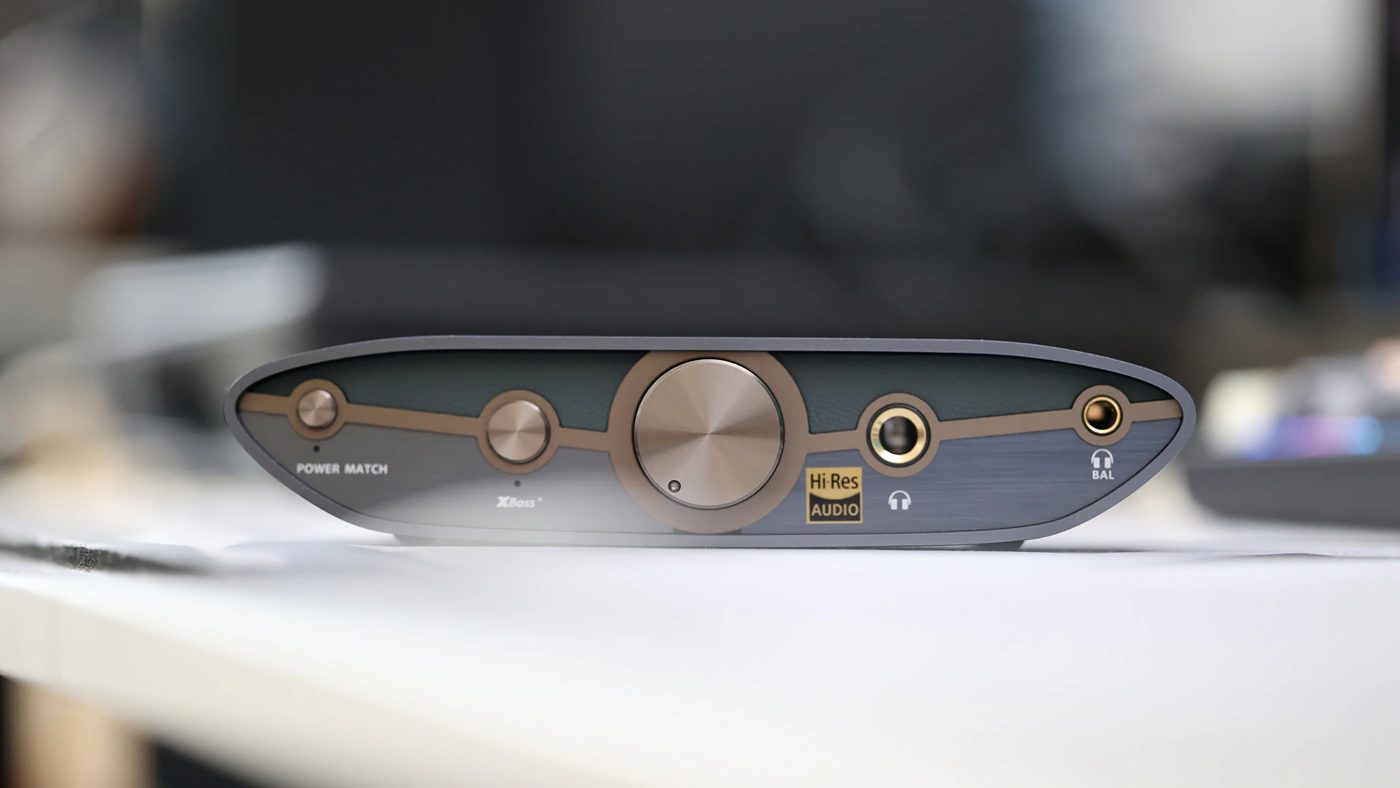
Soundstage – The soundstage is also natural, balanced and the good definition for all instruments helps a lot. The soundstage of Zen DAC is the type that doesn’t happen in your head, or just around your head, but is confined to the room, and spaces you can see and imagine easily.
Volume Control – Zen DAC V3 sounds great up to about 70% of the maximum volume, for both the headphone output and the Line Out. Above this point, the sound loses control and the THD grows, so I would steer in the lower portion. The sonic gets more aggressive, the dynamic range becomes slightly compressed and the whole sound becomes more forward with higher volumes, so low and medium listening volumes are best if you prefer a laid back and relaxed presentation, while higher volumes are perfect if you want a metalhead wall-of-sound traditional presentation.
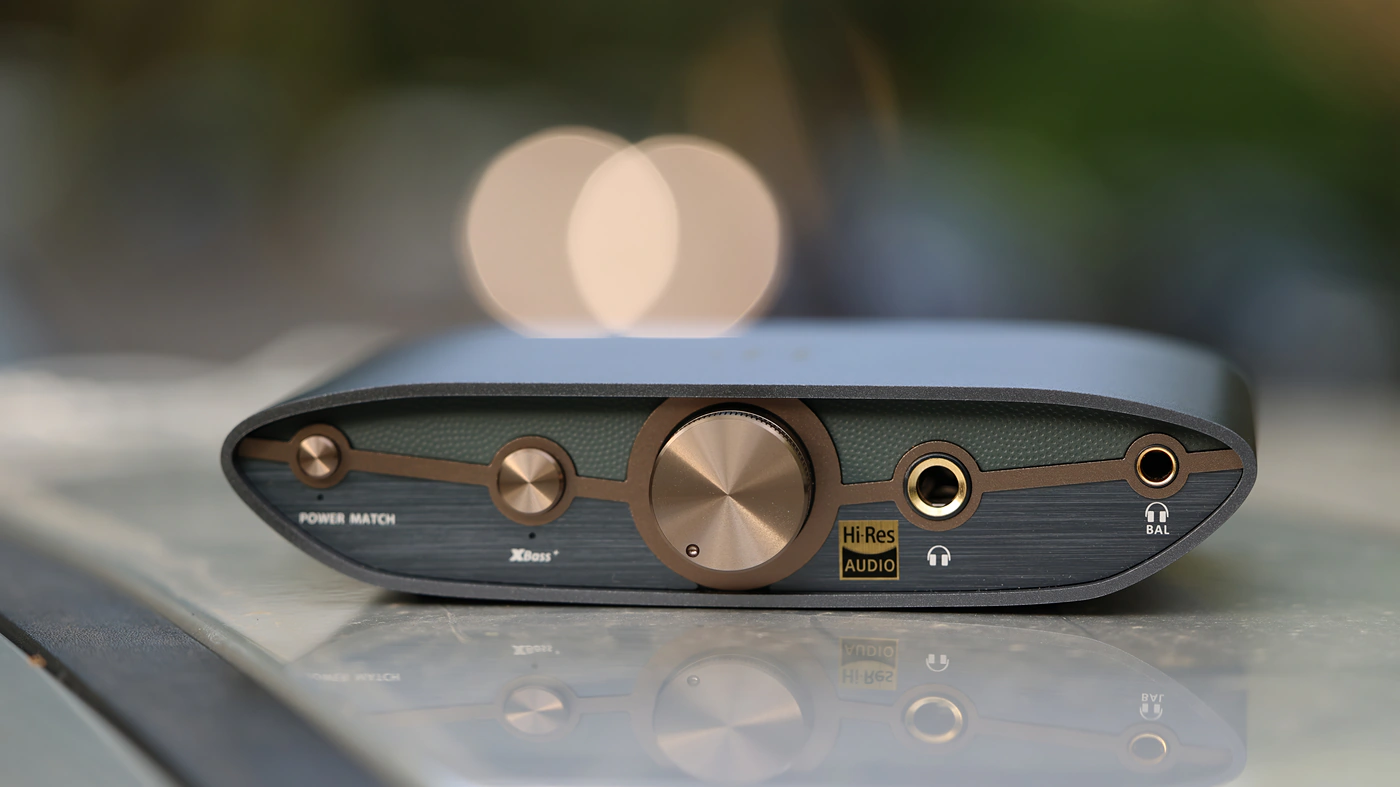
Treble – To balance out the warmer bass, and colorful midrange, Zen DAC 3 has a brilliant treble that will reveal the air and brilliance / shimmer in all songs, so well recorded music sounds sweet, pleasing and appealing, while poorly recorded music runs the risk of sounding harsh and bright. Overall, it is revealing, detailed, crisp and with most of my music Zen DAC 3 provides a pleasing listening experience.
Comparisons
iFi Zen DAC V3 vs iFi Audio Go Bar (229 USD vs 329 USD)
Build – The design of the Go Bar is much smaller, but it is pricier, plus this having been one of the most request comparisons for me to make, the outputs of Zen DAC 3 make it a better desktop DAC / AMP, as the Line Outs at the back are handy, if you have a stereo system. There is no USB DAC delay or problems, both Go Bar and Zen DAC have no need for drivers and both work well on my windows PC. The noise floor of Go Bar is lower with both headphones and IEMs, and the xBass implementation is a bit cleaner, and it has xSpace too, which will be handy. Both support Hi-Res playback.
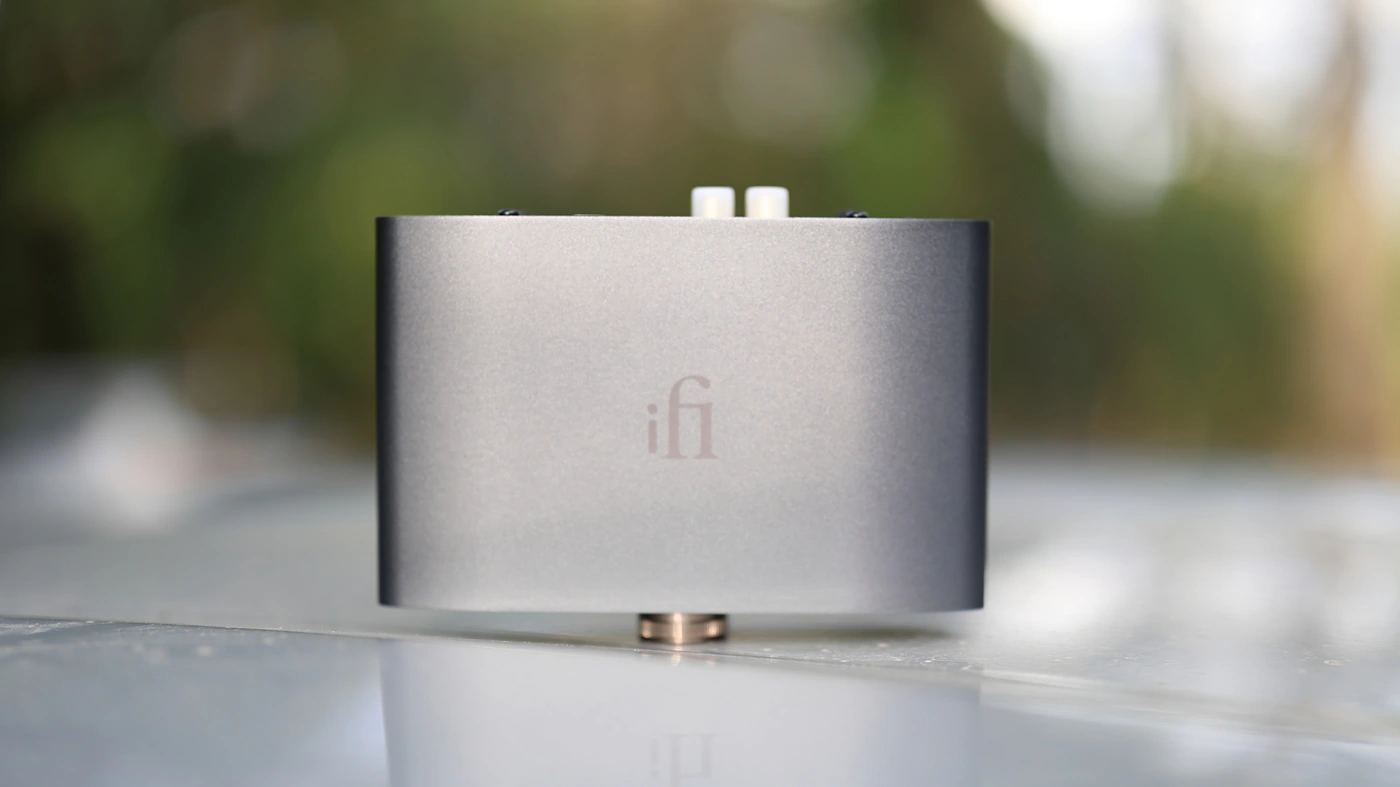
Sound – The driving power of the Go Bar is slightly higher than that of the Zen DAC 3, which is surprising considering how much more space for heat dissipation is theoretically available on Zen DAC 3. Control at higher volumes is also a bit better on the Go Bar, but it has a more neutral, more mature and sober sound, while Zen DAC 3 sounds sweeter, more musical and with a sweeter, more colorful midrange, it is easier to recommend for its tuning and sonic performance alone. Go Bar is better for portability for sure, and if you’re particularly sensitive to a higher noise floor, but both perform well at higher volumes.
iFi Zen DAC V3 vs SMSL C200 (229 USD vs 219 USD)
Build – while both are desktop DAC/AMPs, SMSL c200 is a controversial desktop dAC/AMP, as it has been noted by some users that the 4.4mm balanced headphone output is not truly balanced, but just the shape was used, being connected to a SE circuit. C200 has larger 6.3mm line outs, which are handy for studio speakers, while Zen DAC has RCA and 4.4mm line outs, for audiophile setups. Both have a type-C usb input, but C200 has a cattle plug, which allows it to have a lower noise floor, thanks to the internal power supply.
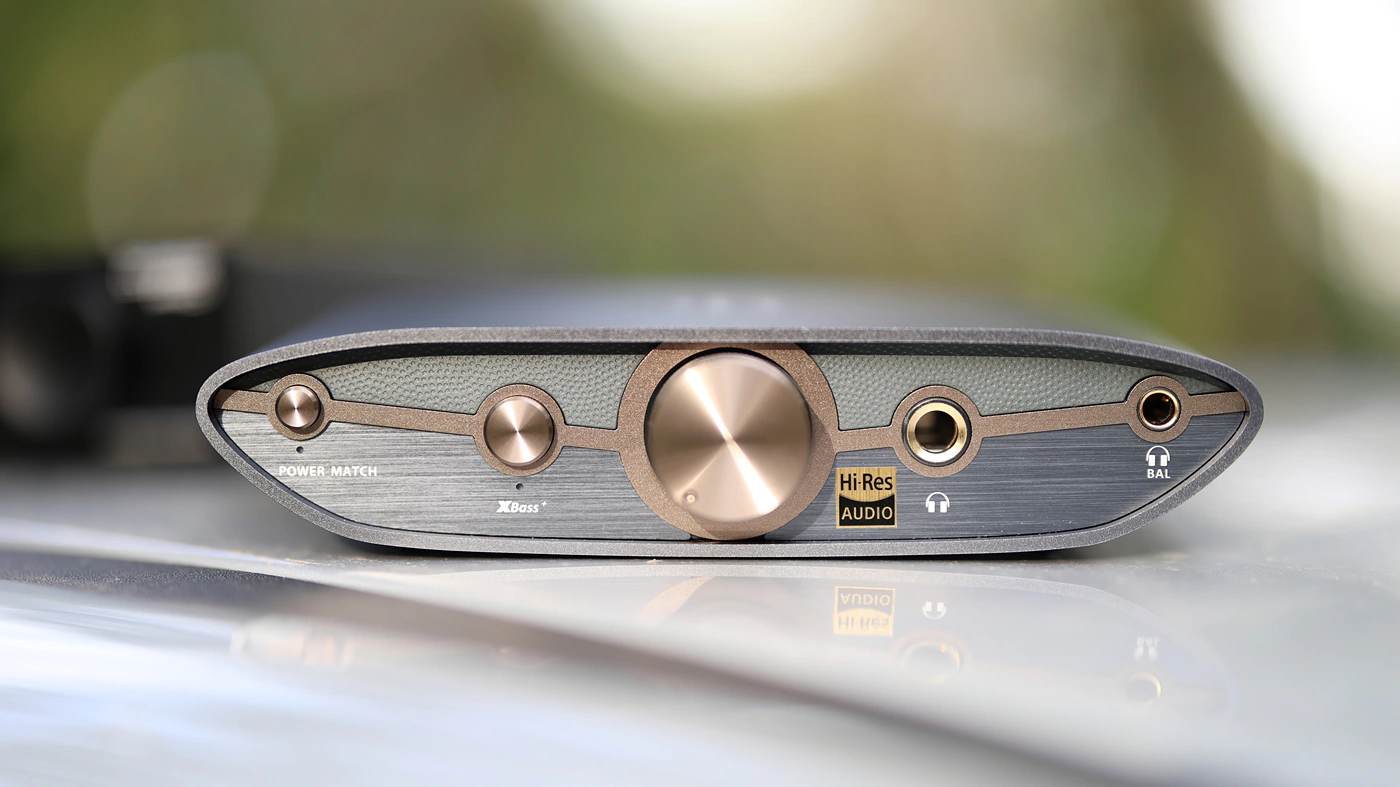
Sound – Sonically, Zen DAC V3 is more colorful, more dynamic, with better definition for each instrument, sounding more precise and much more crisp. The soundstage is wider and more holographic as presented by Zen DAC 3, which gives music a sense of punchiness, while C200 sounds really flat, and linear. For music listening, Zen DAC 3 is more enjoyable, more dynamic and more punchy, while C200 leaves everything to sound flatter.
iFi Zen DAC V3 vs Questyle M15 (229 USD vs 250 USD)
Build – M15 is a smaller, portable device, just like the Go Bar, having a glass display, and also a beautiful design. M15 is the kind of DAC AMP that has one Type-C input, no DAC delay, just like Zen DAc, basically both work just as well, although the driving power is also about equal, and both are usable up to about 70% of the max volume, both presenting the same increase in THD and slightly lower control at max volume.
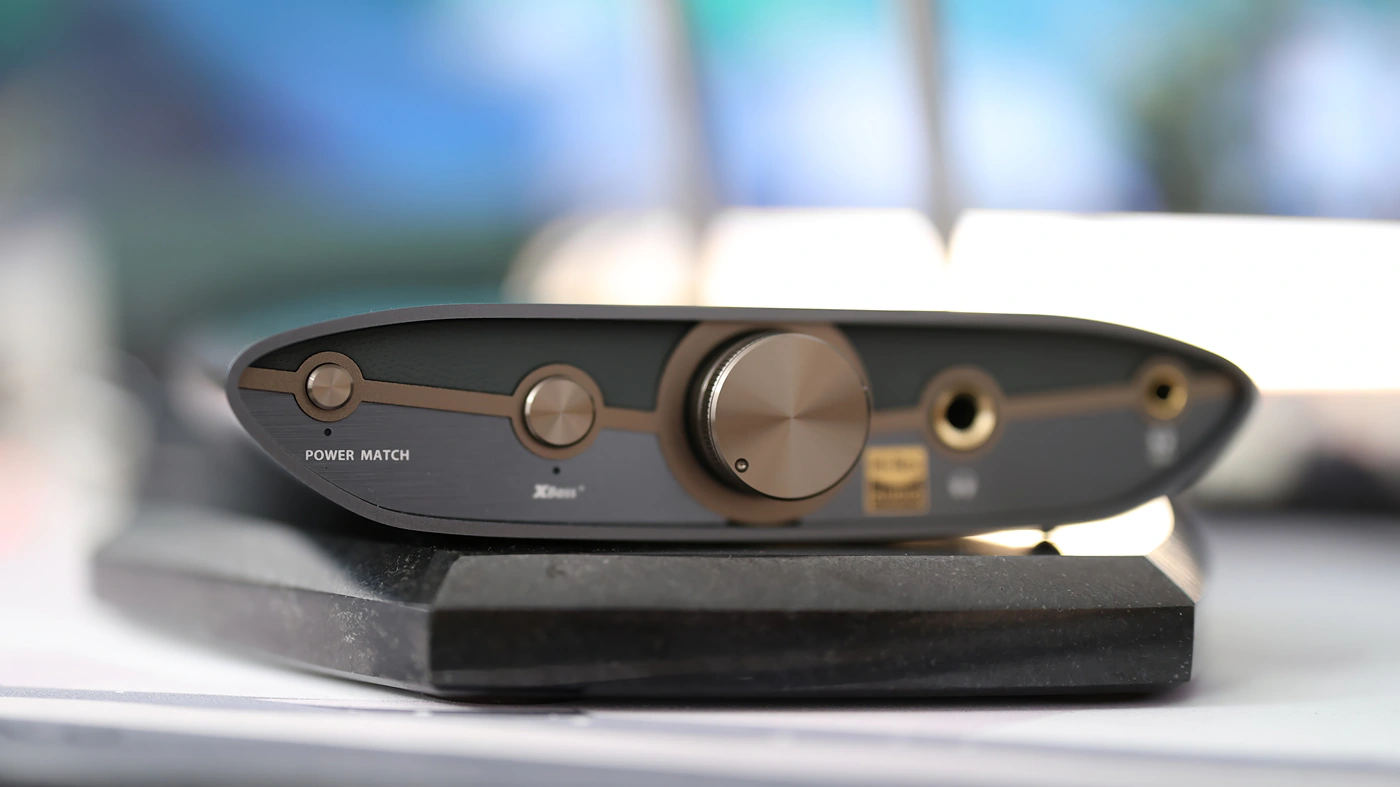
Sound – Sonically, there are actually more similarities between M15 and DAC V3 than between DAC 3 and any other iFi product, as both have a colorful, vivid sound with a dynamic midrange. The treble is somewhat bright and brilliant on both, although the bass of Zen DAC 3 is warmer, punchier and larger in amount, creating more rattle and a more natural speed, while M15 has a shallower bass with a much slower speed. The soundstage of M15 is a bit wider, while instrument separation of Zen DAC 3 is more precise. Stereo imaging is about equal, and they are mostly similar, but for more bass, go with Zen DAC 3, while for a more neutral sound, go for M15.
iFi Zen DAC V3 vs Creative Sound Blaster X5 (229 USD vs 299 USD)
Build – X5 is much larger, and made of plastic, while Zen DAC 3 is smaller, more beautiful to stare at, and made of metal. There is a balanced headphone output on both, but Zen DAC 3 has a balanced 4.4mm line out too. The RCA outputs are present on both, and Sound Blaster comes with a microphone input, which is useful for gamers and people who use their PC for multimedia. The noise floor is similar, although over the RCA outputs, Sound Blaster X5 has a higher noise floor, but it is quieter for the headphone outputs. There is more DSP and EQ possible with Creative and their sound blaster.
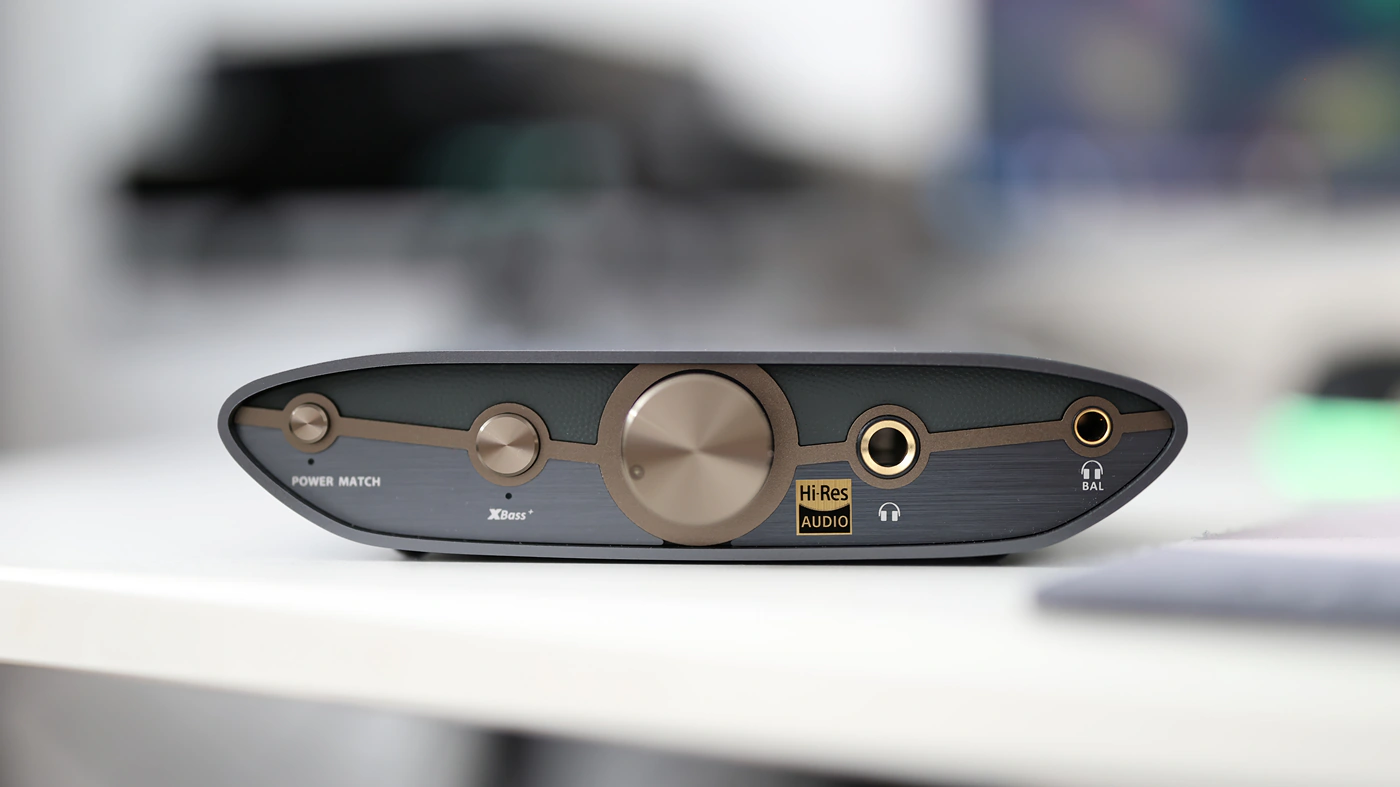
Sound – Sonically, Sound Blaster X5 also impressed me with the midrange tonality, clarity and crispness of the sound, but Zen DAC 3 sounds warmer, fuller, more powerful and more punchy, while X5 creates a wider, more holographic and airier soundstage. Both have great resolution, and are about equal, but Zen DAC v3 gives more sense to each instrument, thanks to its bass, while X5 creates what I consider to be a more airy sound, while Zen DAC 3 creates a more precise sound. You would likely be happy with either, X5 has some nice extra features, Zen DAC 3 looks better and sounds a bit warmer and more punchy.
Value and Conclusion
Although I generally want high-performance and low-price products to hit above their price in every aspect, Zen DAC 3 is a great example of getting the sonics right first, then making everything else combine in perfect balance, and as the name implies, it is a Zen product, perfectly balanced, considering the price point pulling down only lightly on it. The package is great, outputs are plenty, and the driving power is sufficient, plus sonic performance is really good.
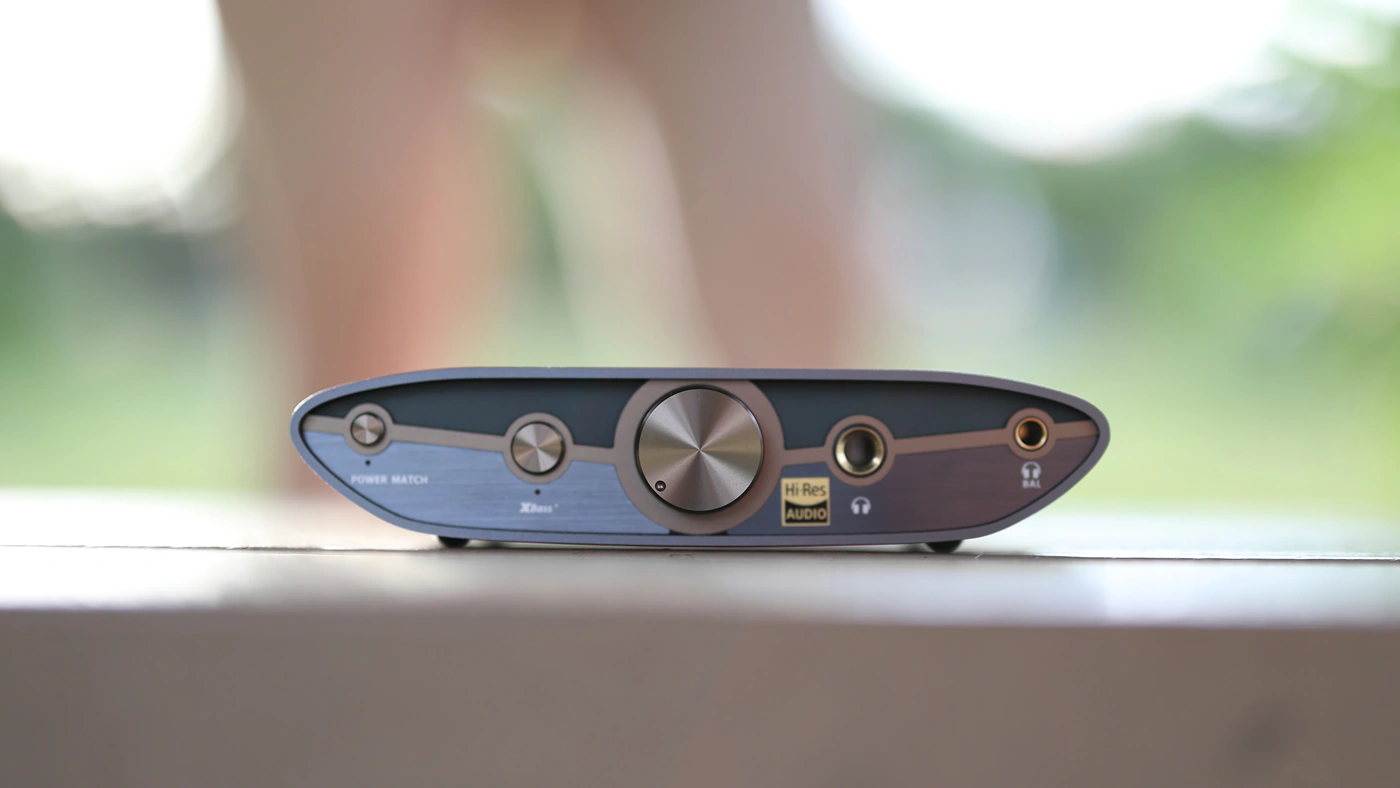
At the end of the day, if you’re looking for a DAC/AMP with a great price / performance ratio, excellent design, and which can play music, power a stereo system, or an external power amplifier which can amplify and pump the bass, or drive most headphones below 1000 USD as well as IEMs, then ifi Zen DAC 3 is an excellent option and a fully recommended purchase.
Product Link
You can grab one here – https://amzn.to/3ztgWcM
Technical Specifications
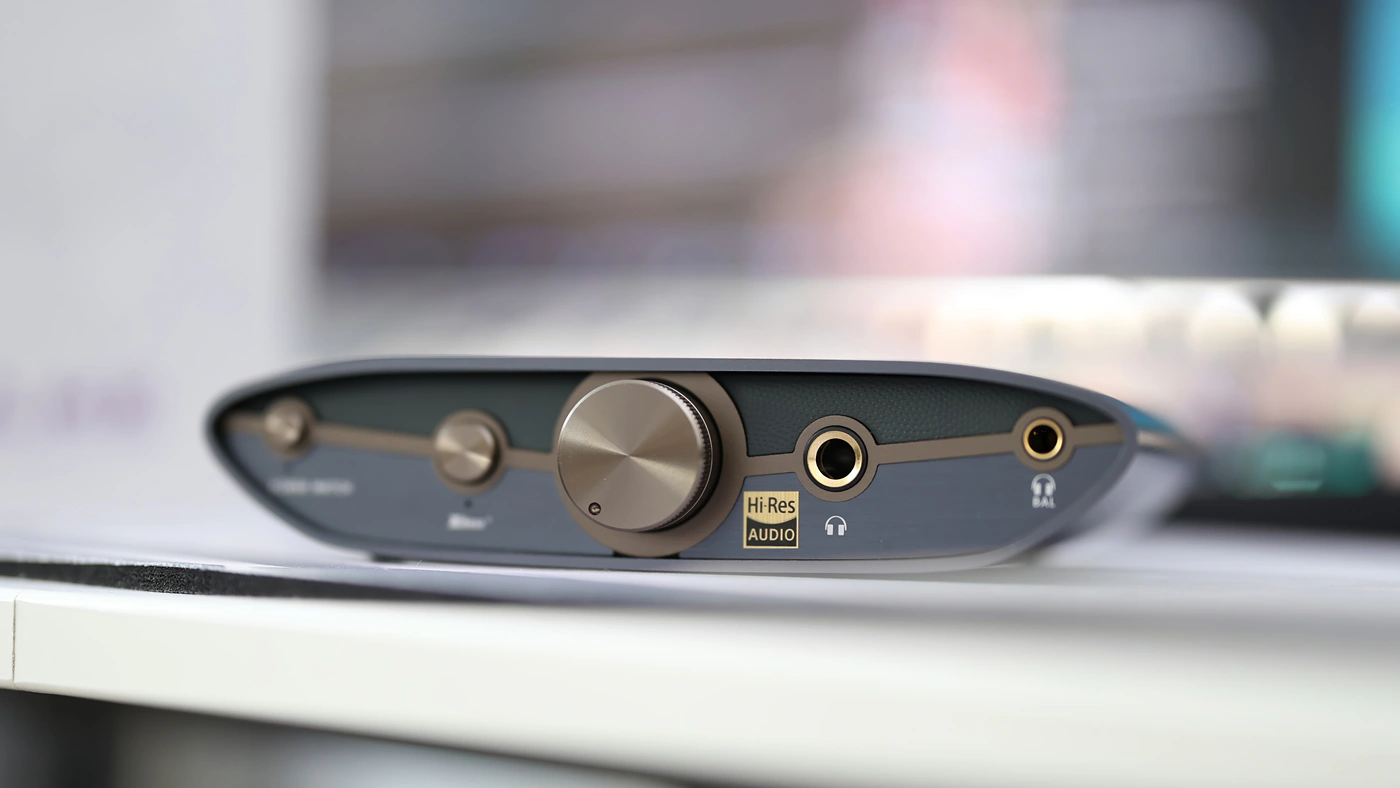
Product type – DAC / Headphone amplifier
DAC Chip – DAC by Burr-Brown
USB Interface – XMOS 16 coeurs
Input – 1x USB-C
Outputs – 1x RCA Line output, 1x Balanced Jack 4.4mm line output, 1x Single-Ended Jack 6.35mm headphone output, 1x Balanced Jack 4.4mm headphone output
Supported sampling rates – PCM up to 768kHz, DSD up to DSD512, DXD up to 768kHz, MQA
LINE OUTPUT CIRCUIT
Output level – Single-ended RCA – Fixed = 2.1V, Variable = 1V / 3.3V max
Output level – Balanced Jack 4.4mm – Fixed = 4.2V, Variable = 2V / 6.2V max
Output impedance – Single-ended – ⩽100Ω, Balanced – ⩽200Ω
Signal-to-noise ratio (SNR) ≥ 113dBA @ 0dBFS
Dynamic range (DNR) ≥ 113dBA @ 0dBFS
Total harmonic distortion (THD) – Single-ended – ⩽0.003% @ 0dBFS
Total harmonic distortion (THD) – Balanced – ⩽0.0015% @ 0dBFS
HEADPHONE OUTPUTS CIRCUIT
Output power – Single-ended – 210mW @ 32Ω
Output power – Balanced – 390mW @ 64Ω
Output impedance ⩽ 1Ω
Signal-to-noise ratio (SNR) ≥ 109dBA @ 0dBFS
Dynamic range (DNR) ≥ 109dBA @ 0dBFS
Total harmonic distortion (THD) – Single-ended ⩽0.013% @ 32Ω 1.27V
Total harmonic distortion (THD) – Balanced ⩽0.005% @ 600 Ω 2V
GENERAL
Consumption ⩽2.5W
Power Supply USB-C, 5V DC
Dimensions – 158 x 115 x 35mm
Weight – 456g
Package – 1x Ifi Audio Zen V3, 1x RCA cable, 1x USB-A to USB-C cable
--- Please remember to stay safe, and always have fun while listening to music!---
- If you have a dime to spare, please donate, and help us! It would make the day brighter for me and my wife-
Full Playlist used for this review
We listened to more songs than those named in this playlist, but those are excellent for identifying a sonic signature. I recommend trying most of the songs from this playlist, especially if you’re searching for new music! The playlists are different for Spotify, Tidal and Youtube, and based on the songs I enjoy and are available on each!
https://www.youtube.com/playlist?list=PL_cjBXGmwSHSdGcwuc_bKbBDGHL4QvYBu
https://open.spotify.com/playlist/5J3oloz8Riy9LxEGenOjQ0?si=979ba4f082414be7
https://tidal.com/browse/playlist/330fd544-8e5b-4839-bd35-676b2edbb3d5
--- Contact Us ---






Could The noise floor be from your source?
I use my Zen DAC v2 through the Ifi Zenstream. No noise. Using laptop or PC can introduce noise due to the close proximity to internal computer components. Try an audio specific streaming device.
Yes, that is very possible. but I use my PC the most for listening to music…
I love design of this amp. It looks very interesting, much better than usual black or silver angular cases.